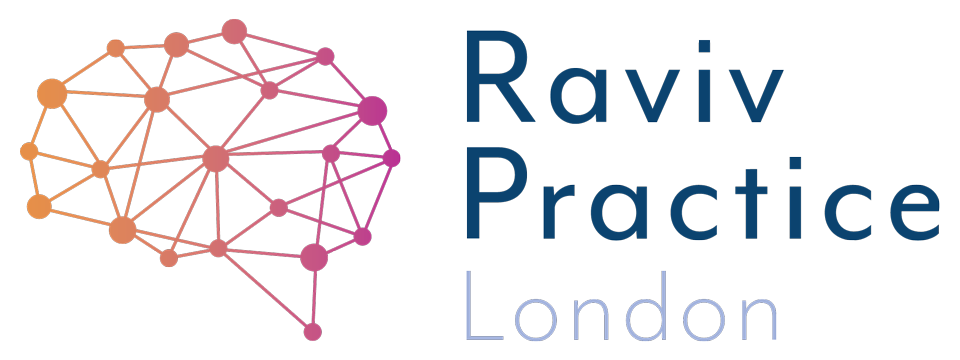How Much Sleep Should Your Child Get?
i
How Much Sleep Should Your Child Get?
Parents often ask, "How much sleep does my child need?" Sleep is a growing concern as more young children use screens and digital devices. The number of hours needed depends on your child's age.
Recommended Sleep Duration (GOSH Paediatric Experts):
1. Infants (4 to 12 months): 12 to 16 hours, including naps
2. Children (1 to 2 years): 11 to 14 hours, including naps
3. Children (3 to 5 years): 10 to 13 hours, including naps
4. Children (6 to 12 years): 9 to 12 hours
5. Teenagers (13 to 18 years): 8 to 10 hours
“An hour later, they check in and find their child still wide awake!”
Going to Bed vs Falling Asleep
Putting a child to bed at 7:30 pm doesn't mean they'll be asleep by then. Many parents say bedtime routines take ages—bath time, a story (or reading), and then waiting for their child to drift off. An hour later, they check in and find their child still wide awake!
A child who cannot get to sleep can be frustrating for the parents. Parents worry about losing their evening downtime and the struggle to wake their child early the next morning, especially when they need to get to work. It is just stressful.
“Shallow breathing can create its own issues.”
Does Counting Sheep Work?
Children (and adults) who struggle to fall asleep often have overactive minds. Instead of switching off, they churn through their thoughts of the day. The best way to counter this is with breathing techniques. These shift the focus from racing thoughts to the rhythm of breathing.
The Importance of Proper Breathing
From my experience with clients, I know that unless a child breathes correctly—using deep belly breathing—relaxation techniques won't work. Shallow breathing can create its own issues.
A Simple but Effective Technique for getting your child to sleep.
One of the most effective methods I've found is part of a program called reflex integration therapy. Here's how it works:
1. Position: Your child should lie in bed in the yoga tree pose position. Arms by their sides. One leg stays straight, while the other bends at the knee, with the sole resting on the thigh of the straight leg.
2. Movement: Ask them to slowly slide the bent foot down the straight leg. It should take around 60 seconds until both legs are straight.
3. Effect: As the leg straightens, the hip moves from an elevated to a flat position. This releases the diaphragm, creating a deep sense of relaxation. The muscle at work here is called the psoas muscle, a deep muscle that connects to the diaphragm.
4. Duration: this exercise should be done only 2 times for each leg and no more.
This exercise teaches children how belly breathing works. Repeating it just a couple of times per leg can clear the mind and lead to effortless sleep.
Is Your Child a Mouth Breather?
James Nestor's book Breath highlights the importance of nasal breathing. Breathing through the nose:
✔ Filters and humidifies the air
✔ Pressurises and modifies airflow for better absorption in the lungs
✔ Reduces exposure to airborne pollutants
Mouth breathing, by contrast, offers none of these benefits and can make children more vulnerable to environmental pollutants that float around in the air.
How to Encourage Nasal Breathing:
Mouth strips can help by gently keeping the lips closed while sleeping. These strips don't force the mouth shut—there's a small opening, and the child can still open their mouth if needed. Over time, this helps them naturally transition to nasal breathing, which promotes deeper, more restorative sleep. One parent, who I recommended using the strips, reported her son was a joy in the morning, and he had a rosier complexion compared to his wash-out appearance before.
Exposure to constant bright light means that these newborns find it difficult to naturally wind down
Better Sleep Hygiene for Better Rest
Good sleep hygiene is essential for quality rest. Sleep restores the body, recharges energy, consolidates memories, and supports growth. By improving breathing habits and bedtime routines, you can help your child fall asleep more easily and wake up refreshed.
Dyslexia? Dyspraxia? ADHD? ASD? Speech & Language? Developmental Delay? Anxiety?
Is every school day a struggle? As a parent, you may feel exhausted and on this journey alone. Each year you see the gap getting wider. You need to do something - change the approach, help your child learn for themselves, find a way to turn this around - to help while you can - do this NOW. the first step is free.
About the Author
Usha Patel is a Neurocognitive Therapist and Director at Raviv Practice London. Parents searching to help their suspected/neurodiverse child can get evidence-based solutions with results in as little as 8 weeks. Those in search of jargon-free help can get started straight away.


